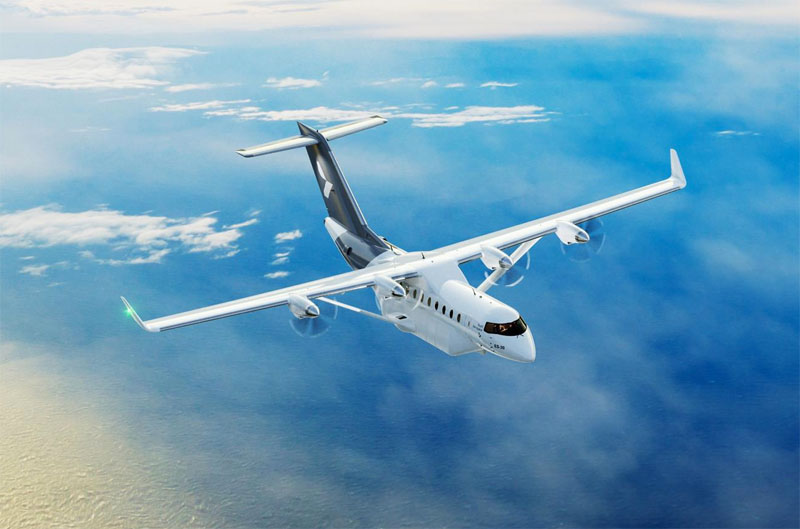Sweden's SAF Breakthrough: A Closer Look at Cost, Emissions and Viability

By EVWorld SI
What is SAF?
Sustainable aviation fuel (SAF) is a renewable alternative to traditional jet fuel, made from non‑fossil feedstocks like used cooking oil, agricultural residues, or via synthetic routes combining green hydrogen and captured CO2. It can be used in existing aircraft engines with minimal modifications.
How Is It Made?
Most SAF today is bio‑SAF produced via hydroprocessed esters and fatty acids (HEFA) using waste oils and fats. Advanced synthetic SAF—also known as e‑fuel—is made by electrolyzing water with renewables, capturing CO₂, and synthesizing fuel via Fischer‑Tropsch or Power‑to‑Liquid processes.
Sweden’s New Announcement
The recent story from Ecoticias describes how Sweden is positioning itself at the forefront of SAF innovation, promoting synthetic aviation fuel as a potential alternative that could outperform hydrogen and battery-electric aircraft for long-distance travel.
Cost Comparison: SAF vs Conventional Jet Fuel
Conventional Jet A‑1 costs about $0.50–$1.50 per liter. SAF derived from bio‑feedstocks typically costs 2–3 times more (~$2–$8 per liter), while synthetic e‑fuels can cost $2.50–$4.50 per liter or more today, depending on energy and CO₂ input costs. Economies of scale and technological learning may reduce costs by 2050.
How Green Is It?
Sustainable aviation fuel emits roughly the same amount of CO₂ when burned as conventional fuel, but overall lifecycle emissions are typically 65–80% lower because SAF feeds use biomass that absorbed CO₂. Certified SAF must meet EU mandates requiring at least 70% reduction.
Energy Efficiency
Battery-electric aviation (where viable) offers far superior efficiency, but is impractical for long-haul flights due to weight and energy density constraints. Hydrogen offers theoretical advantage per weight but faces huge infrastructure and storage challenges. SAF, by contrast, fits existing jet systems and provides a practical near‑term emissions reduction path.
Environmental and Airline Benefits
For the environment, SAF helps shorten aviation's emissions lifecycle impact, reduces other pollutants like smoke particles and contrails, and helps aviation comply with growing mandates and carbon pricing regimes.
For airlines, SAF provides a strategic compliance tool, enabling them to meet future mandates (e.g. EU's 2% blending rising to 6% by 2030) and reduce offsetting costs—though it currently adds to fuel costs absent subsidies or incentives.
Conclusion for EVWorld
Sweden’s SAF plans are promising—providing a realistic, scalable path to reduce aviation emissions now. While SAF is more expensive than fossil fuel and less efficient than battery systems in energy terms, its ability to plug into existing infrastructure and meet regulatory goals makes it aviation’s best short- to medium-term solution.
Long-term solutions such as hydrogen or electric planes remain decades away at scale. For now, SAF is the most viable way to power climate-conscious flying.
Sources
- Ecoticias: Sweden just did it — perfect flight fuel
- Reuters: SAF can reduce lifecycle emissions by up to 80%
- Rabobank/MDPI: Europe SAF production and cost analysis
- Wikipedia/RED III: SAF cost comparisons
- Clean Air Task Force: synthetic fuel cost estimates
Original Backlink
Views: 425
Articles featured here are generated by supervised Synthetic Intelligence (AKA "Artificial Intelligence").
